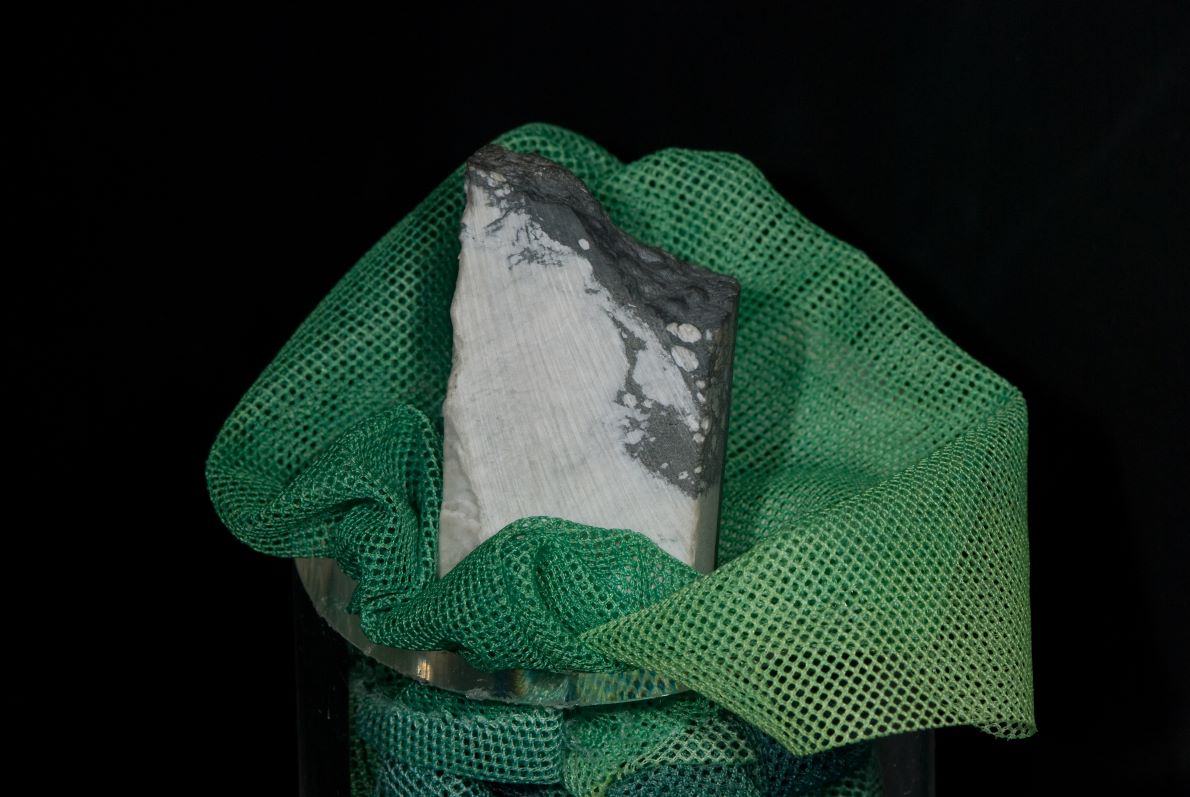- The mineral, which has a chemical formula strikingly similar to that of the fictional Kryptonite, has only been found in one location on Earth, however it’s been found in a quantity so large that, if mined, it could produce lithium to power up to 90% of Europe’s quota of electric vehicles.
Scientists from the Natural History Museum have unravelled the geological mysteries behind jadarite, a rare lithium-bearing mineral with the potential to power Europe's green energy transition which, so far, has only been found in one place on Earth, Serbia’s Jadar Basin.
Discovered in 2004 and described by Museum scientists Chris Stanley and Mike Rumsey, jadarite made headlines for its uncanny resemblance to the chemical formula of Kryptonite, the fictional alien mineral which depletes Superman’s powers. However, today its value is more economic and environmental offering a high lithium content and lower-energy route to extraction compared to traditional sources like spodumene.
A team of researchers at the Museum have uncovered why this white, nodular mineral is so rare. Their findings show that to form, jadarite must follow an exact a set of geological steps in highly specific conditions. This involves a strict interplay between alkaline-rich terminal lakes, lithium-rich volcanic glass and the transformation of clay minerals into crystalline structures which are exceptionally rare.
Museum scientist and co-author on the paper, Dr Francesco Putzolu said, “Similar to baking a cake, everything needs to be measured and exact for this rare mineral to form. For instance, if the mineral ingredients are not just right, if the conditions are too acidic or too cold, jadarite will not form. The criteria seem to be so precise that we’ve not yet seen it replicated anywhere else on Earth!”
Dr Robin Armstrong, geologist at the Museum and co-author on the paper said, “As the demand for lithium continues in the race toward renewable energy, if mined, jadarite can offer huge potential. This process brings us closer to identifying other possible deposits by unravelling the formation conditions in the lab.”
'Jadarite’s unique recipe’ is published today in Nature Geoscience. DOI 10.1038/s41561-025-01705-4.
Resourcing the green economy is one of our research themes that aims to accelerate the integration of earth and life sciences to responsibly secure natural resources for nature-positive sustainable societies. Find out more: Research themes | Natural History Museum (nhm.ac.uk)
Notes to editors
Press Contact
Natural History Museum Press Office
Tel: +44 (0)20 7942 5654 / 07799690151
Email: press@nhm.ac.uk
The Natural History Museum is a world-leading scientific research centre and one of the world’s most visited museums. Our mission is to create advocates for the planet – people who act for nature.
Our 400 scientists are finding solutions to the planetary emergency - from reversing biodiversity loss to resourcing the green economy.
We are seeking an additional £150 million to transform our South Kensington building: placing our groundbreaking research at its heart, revitalising four existing galleries, opening two new magnificent galleries and delighting 1 million more visitors a year with the wonders of the natural world.
